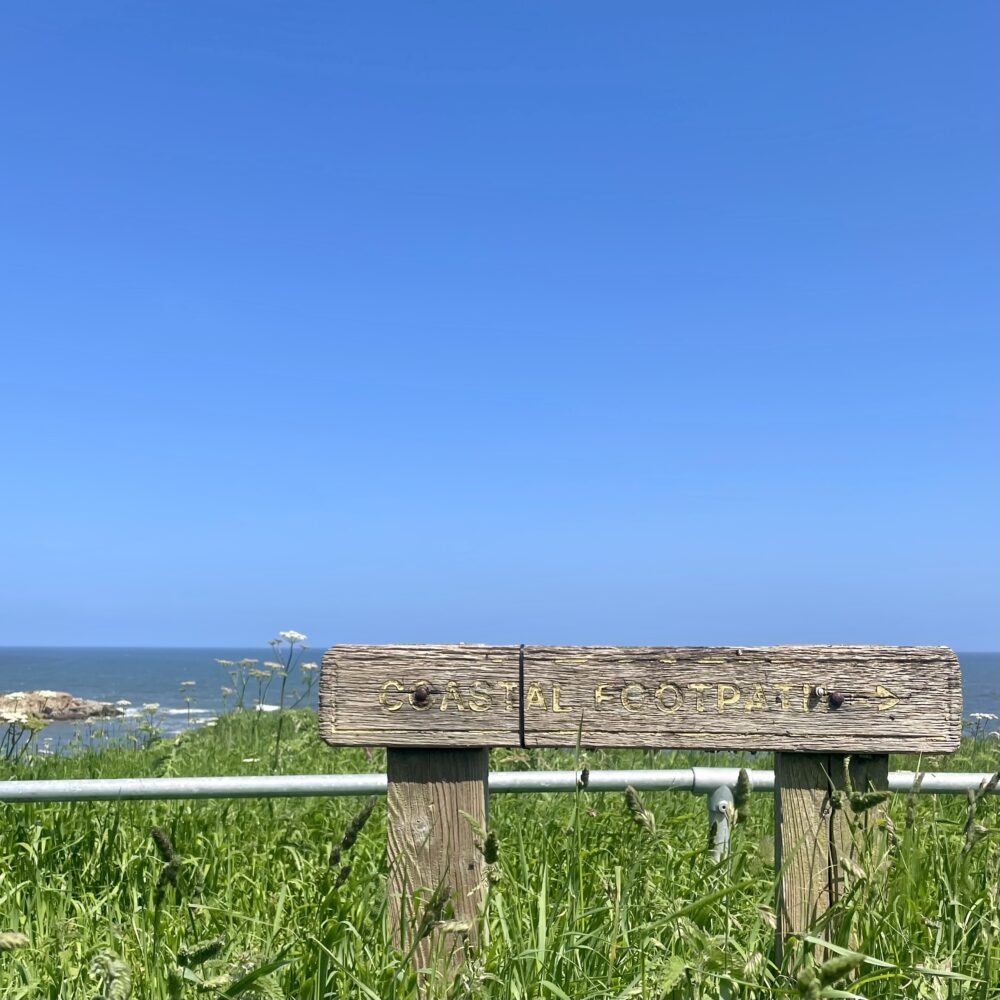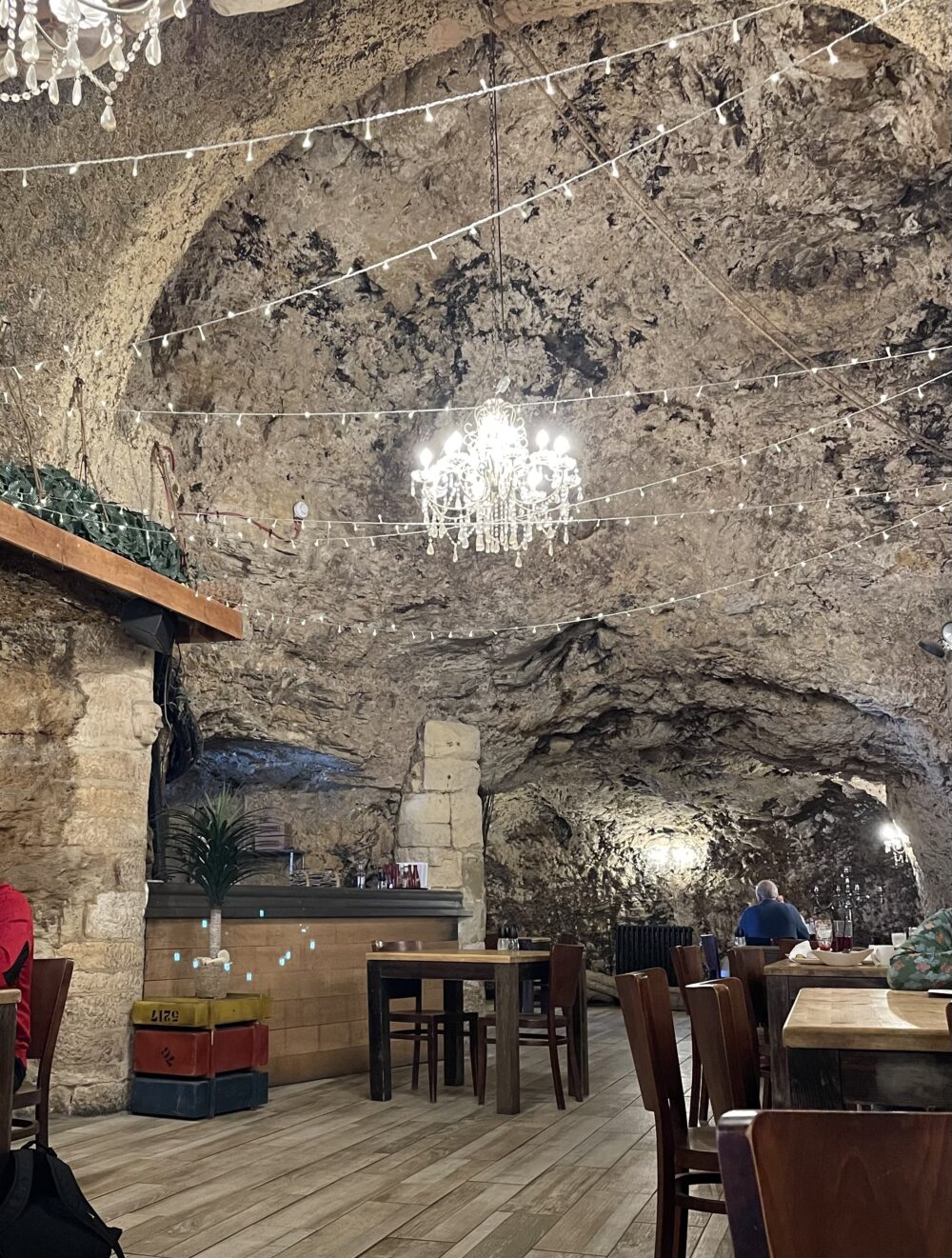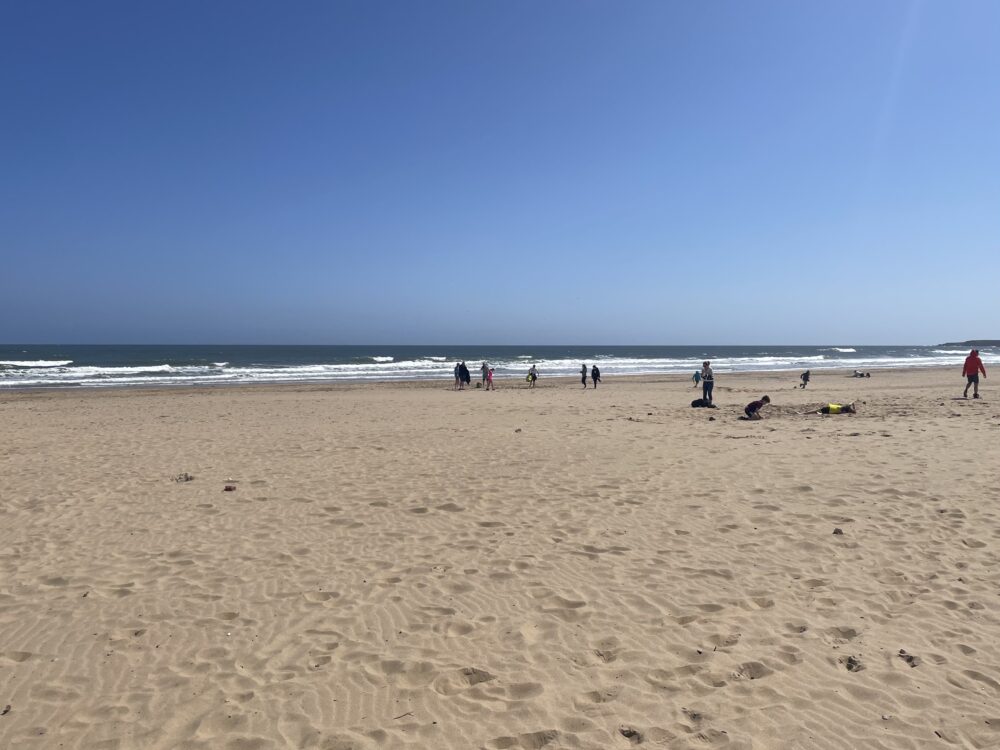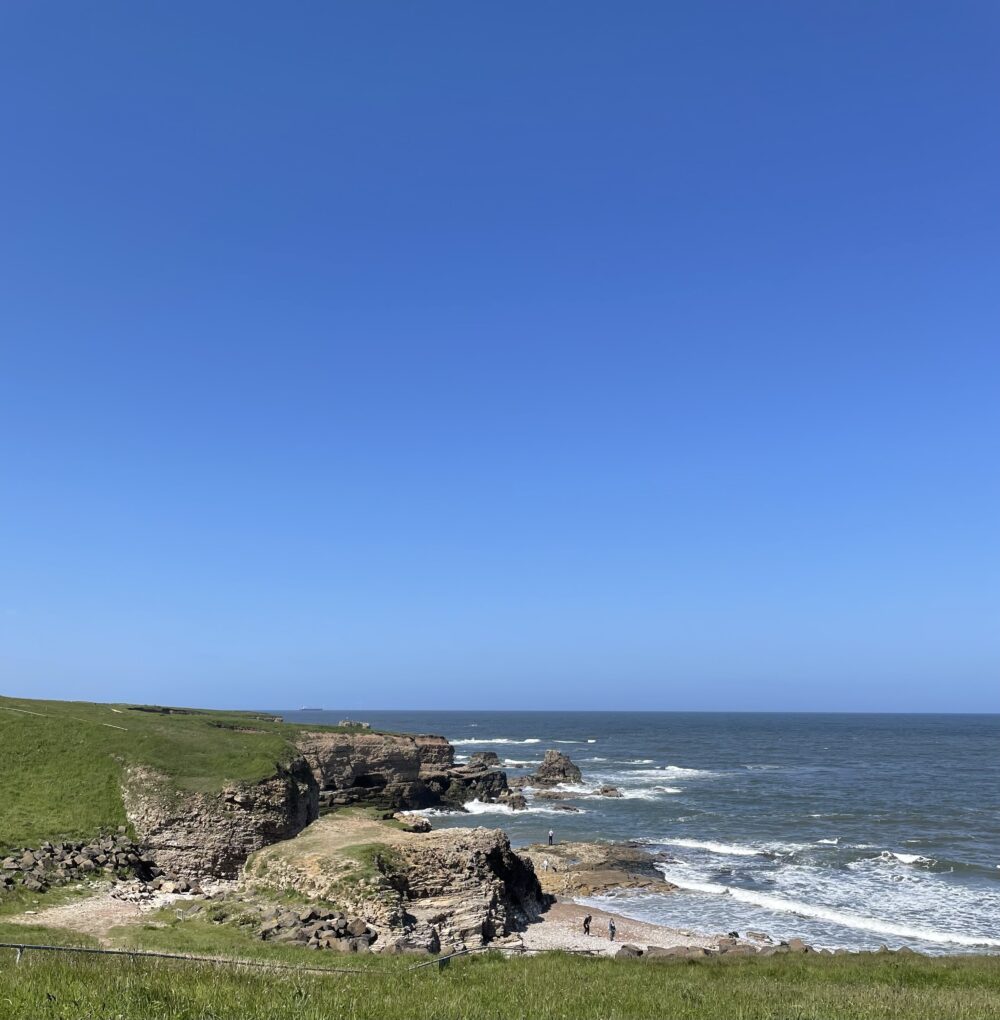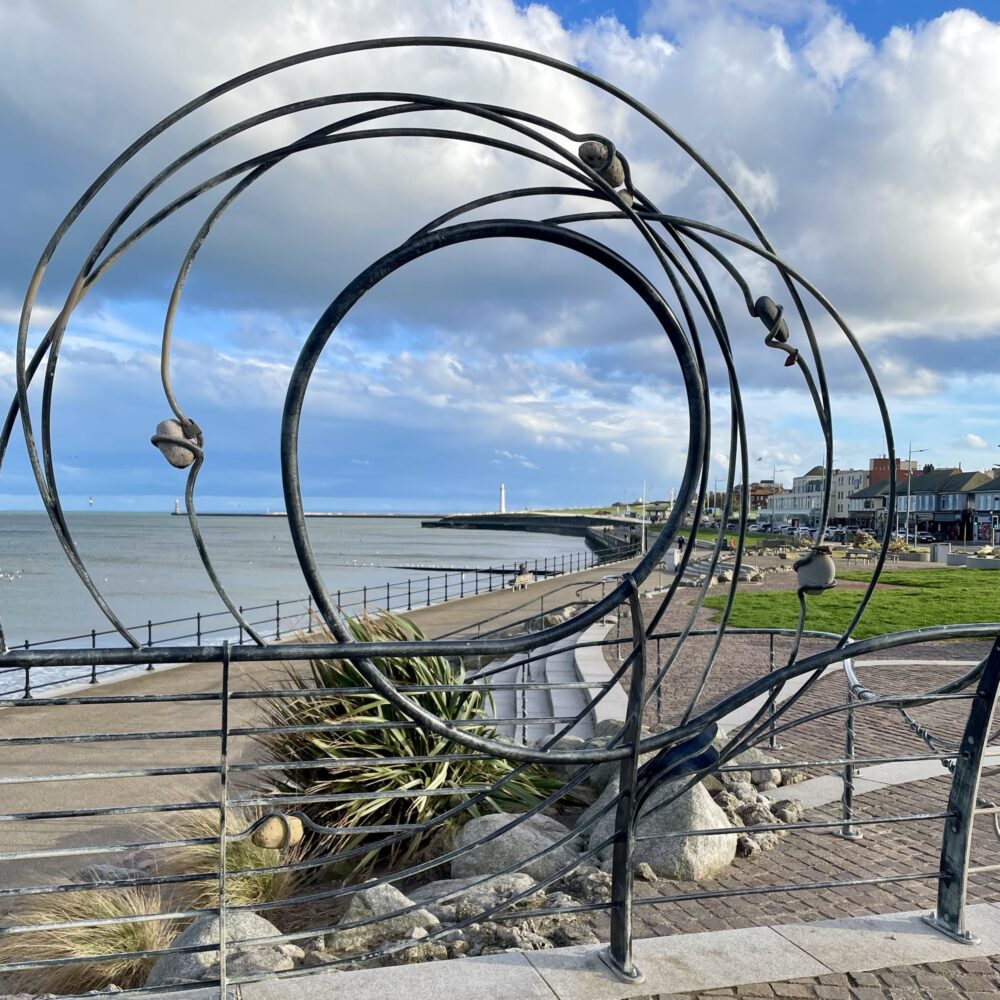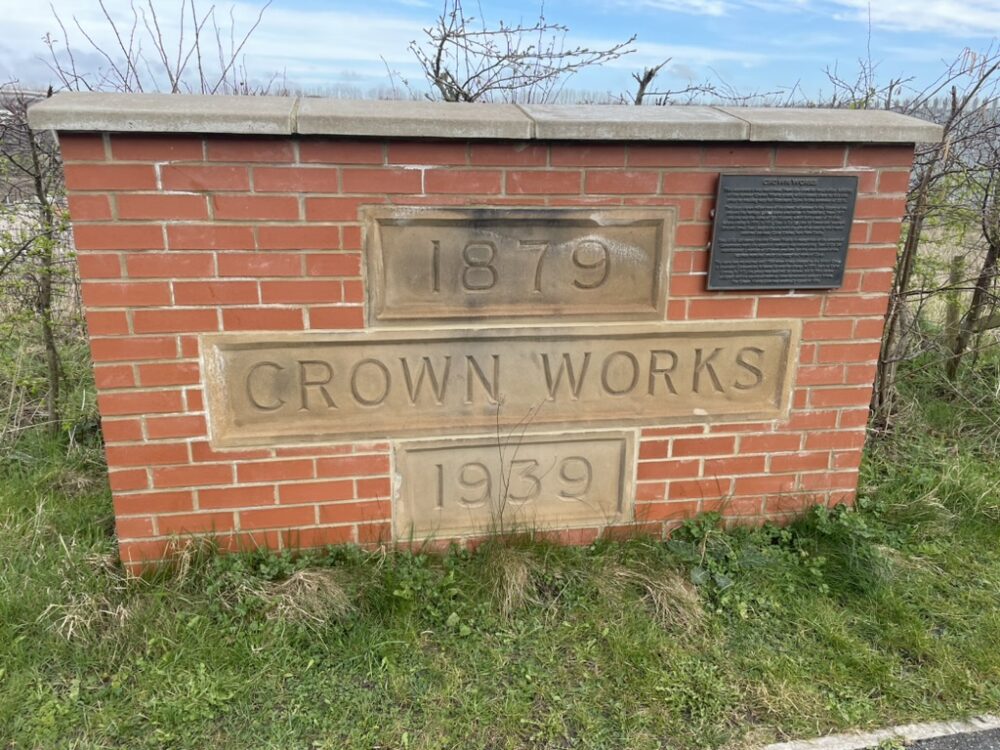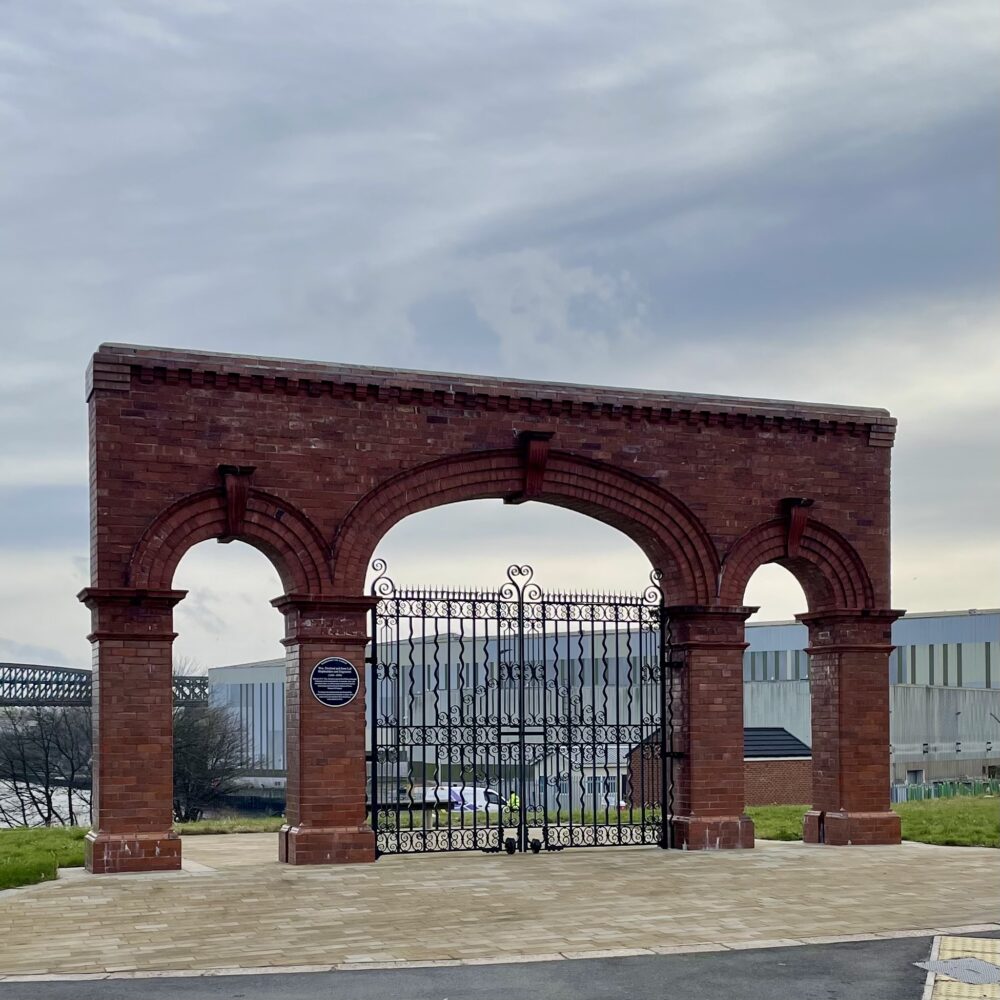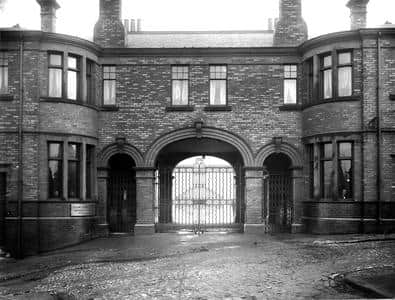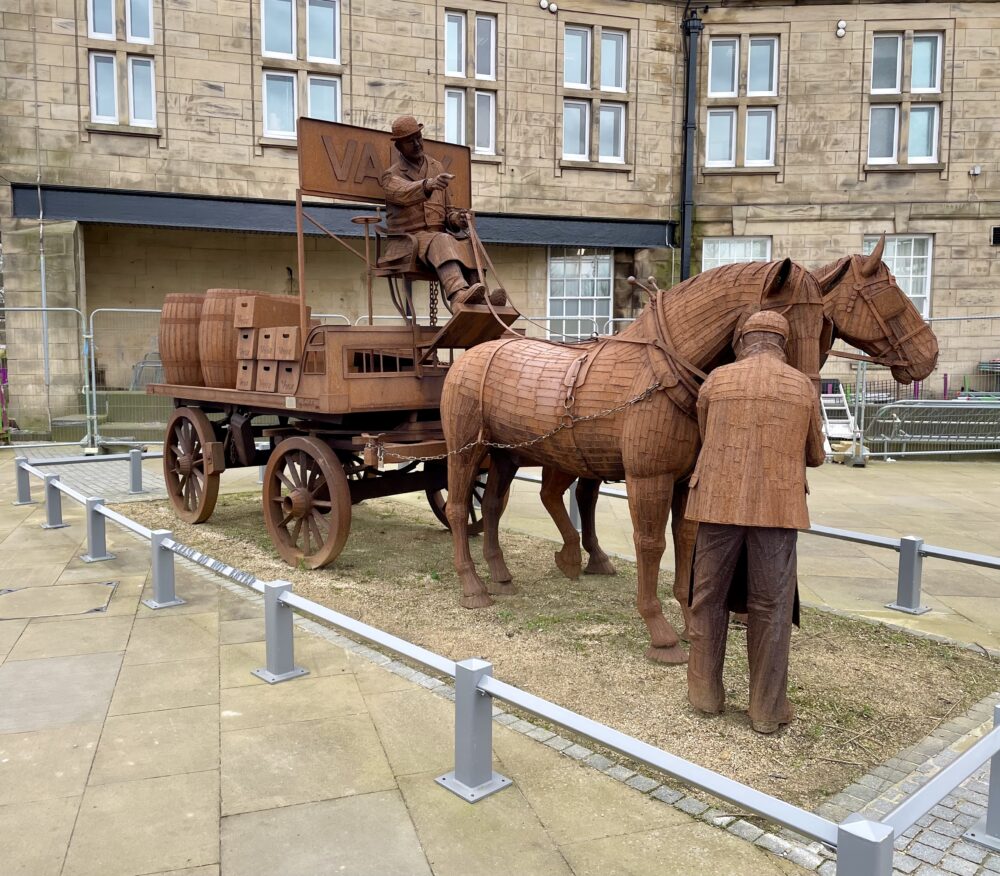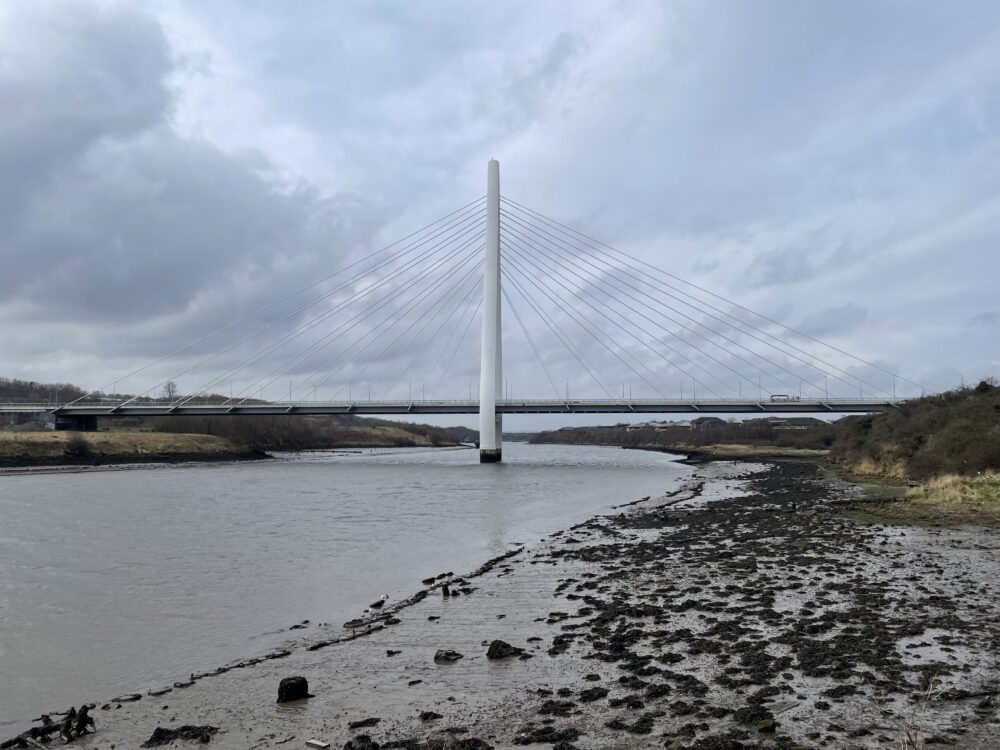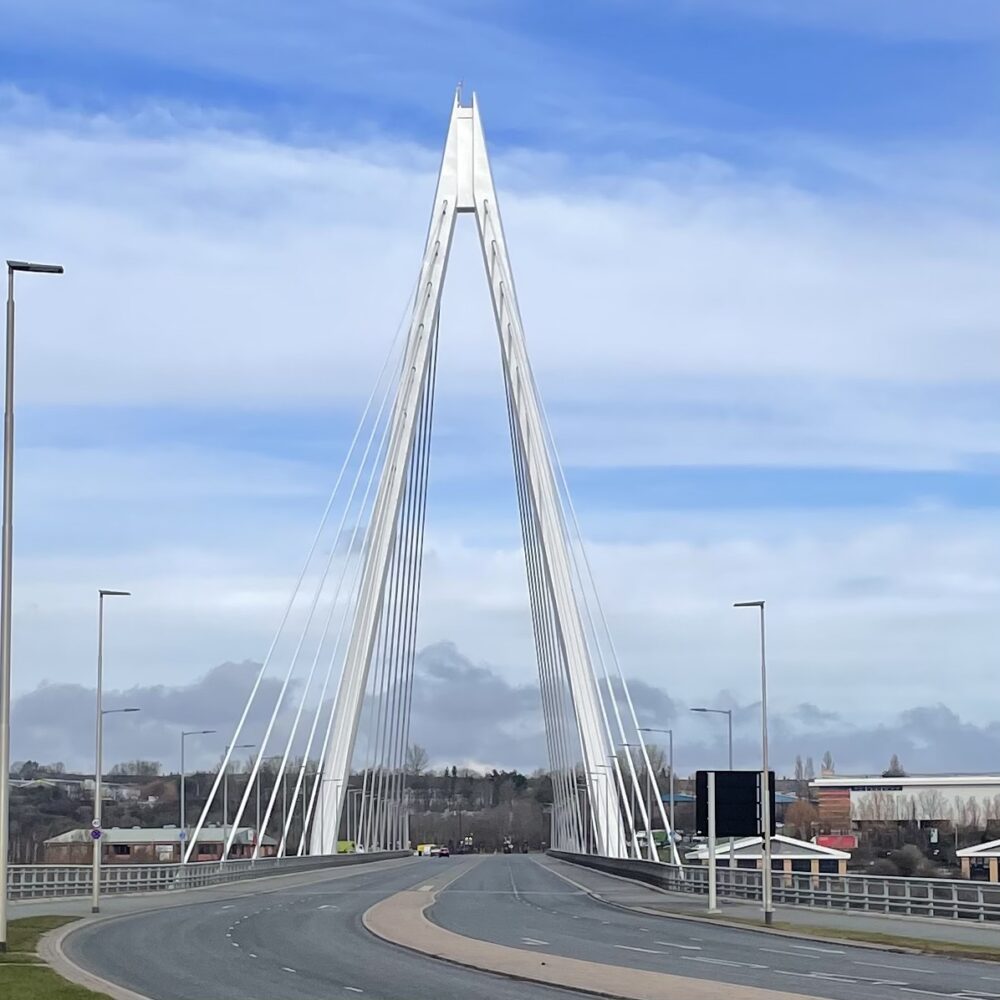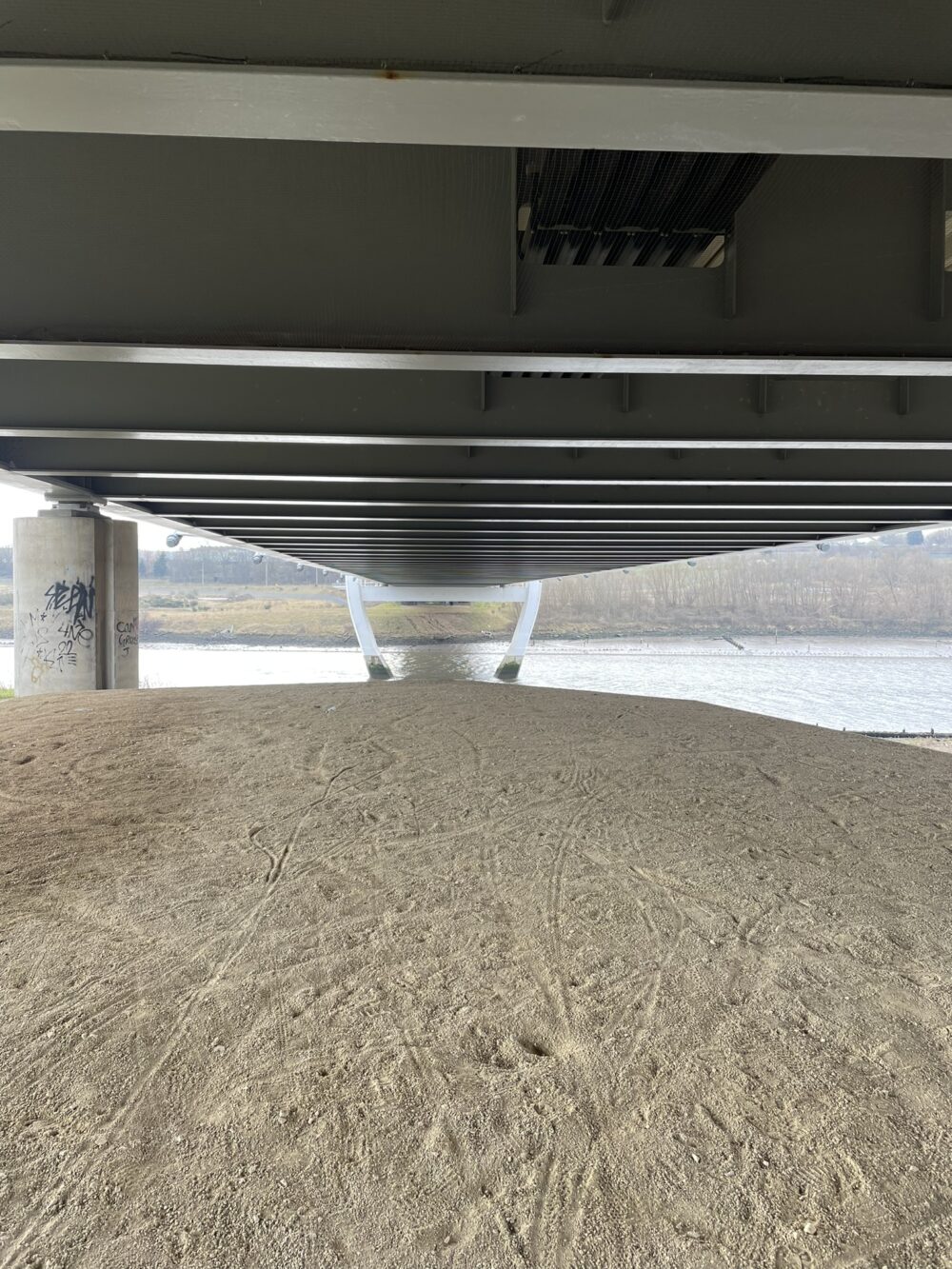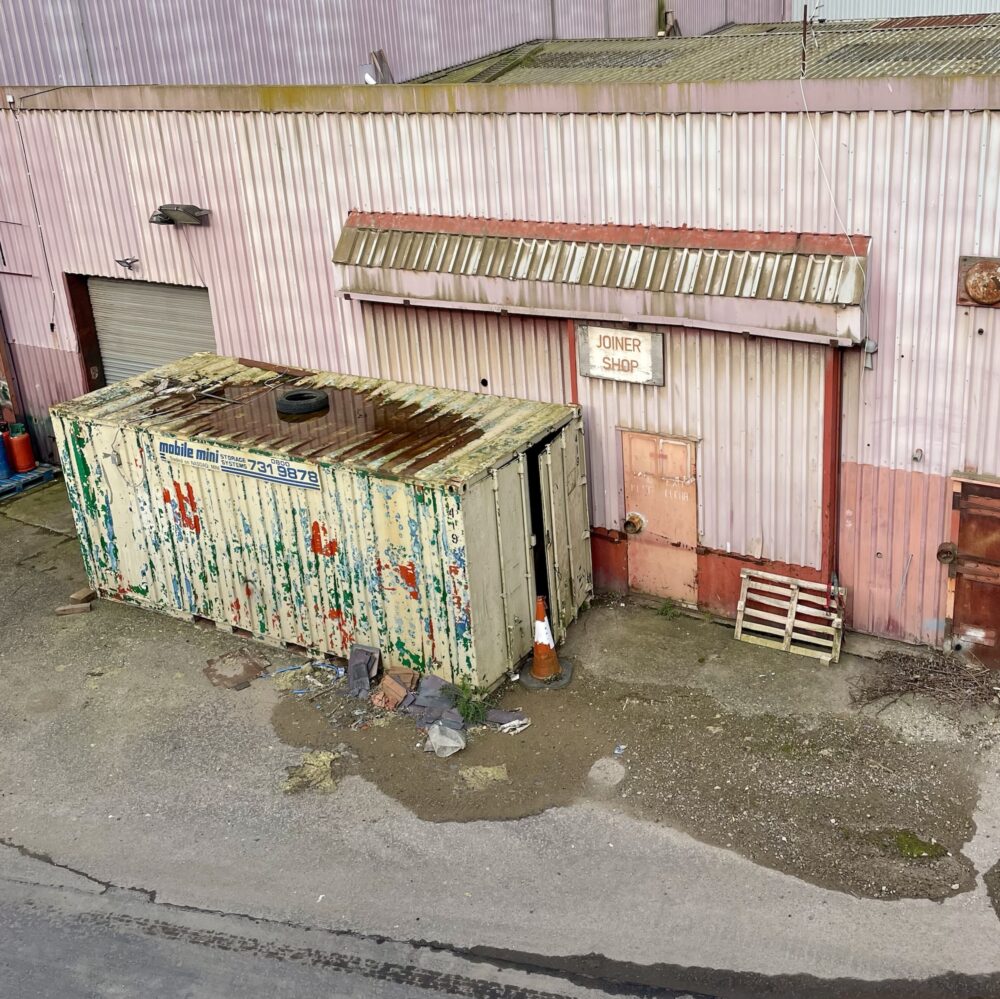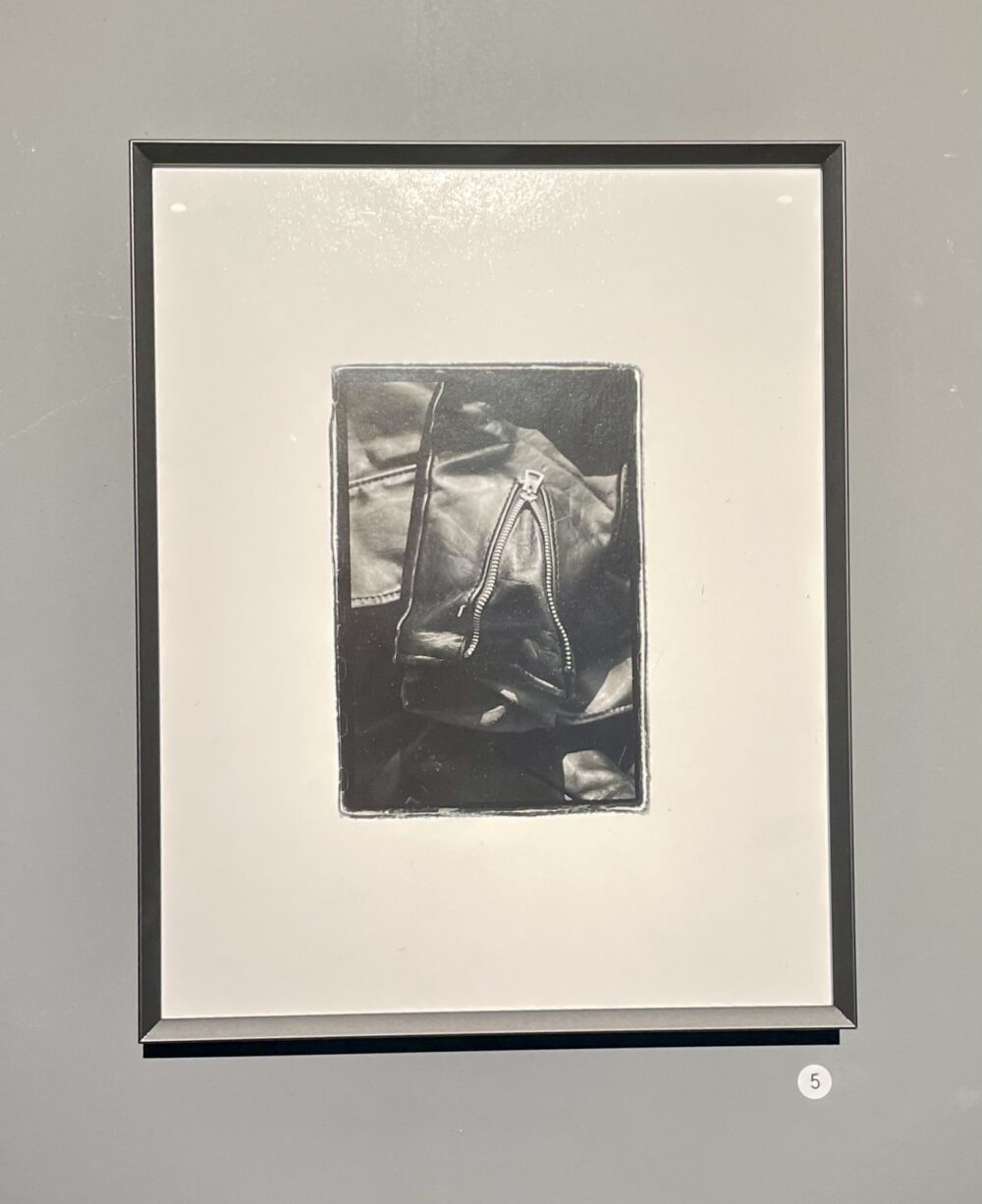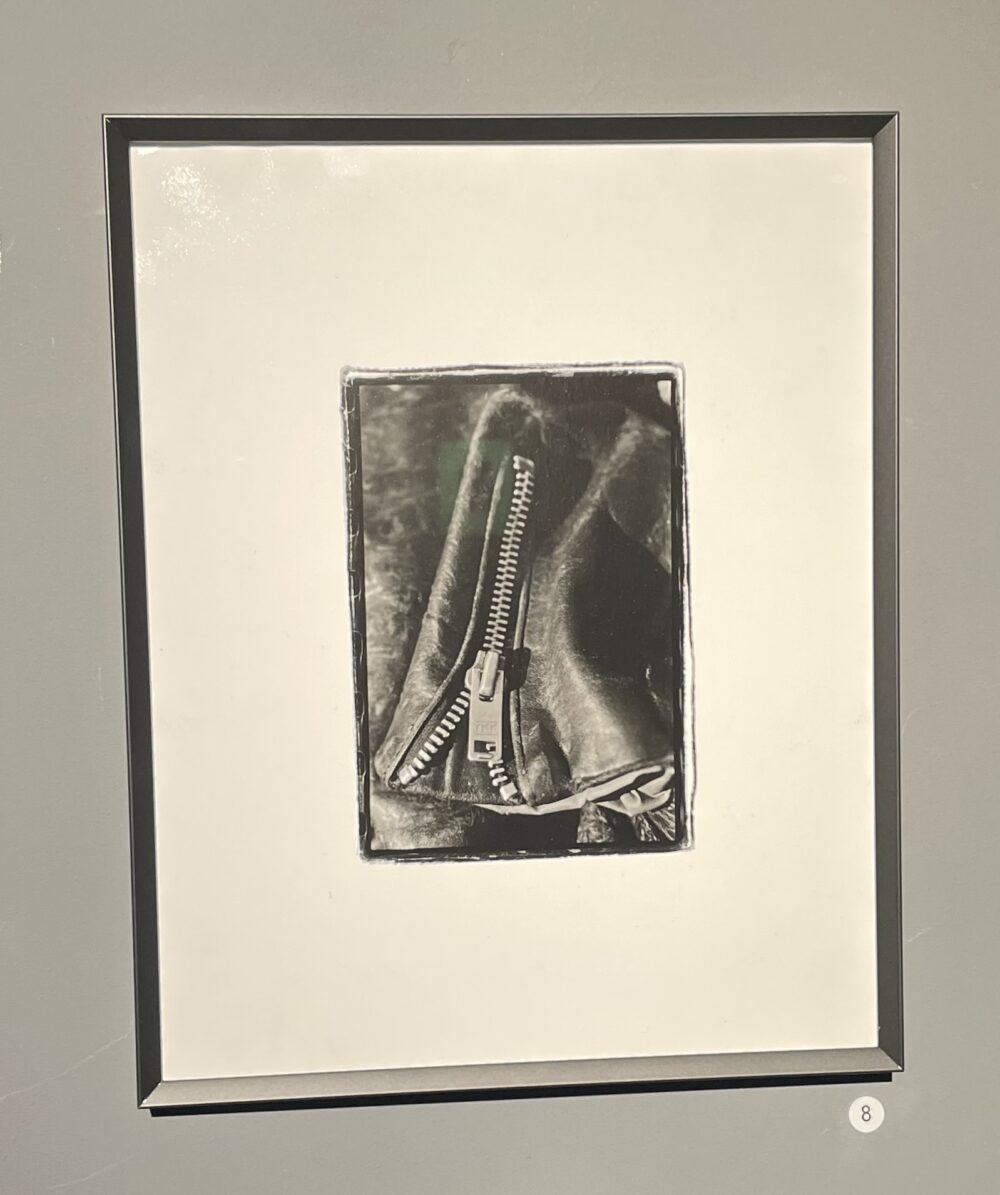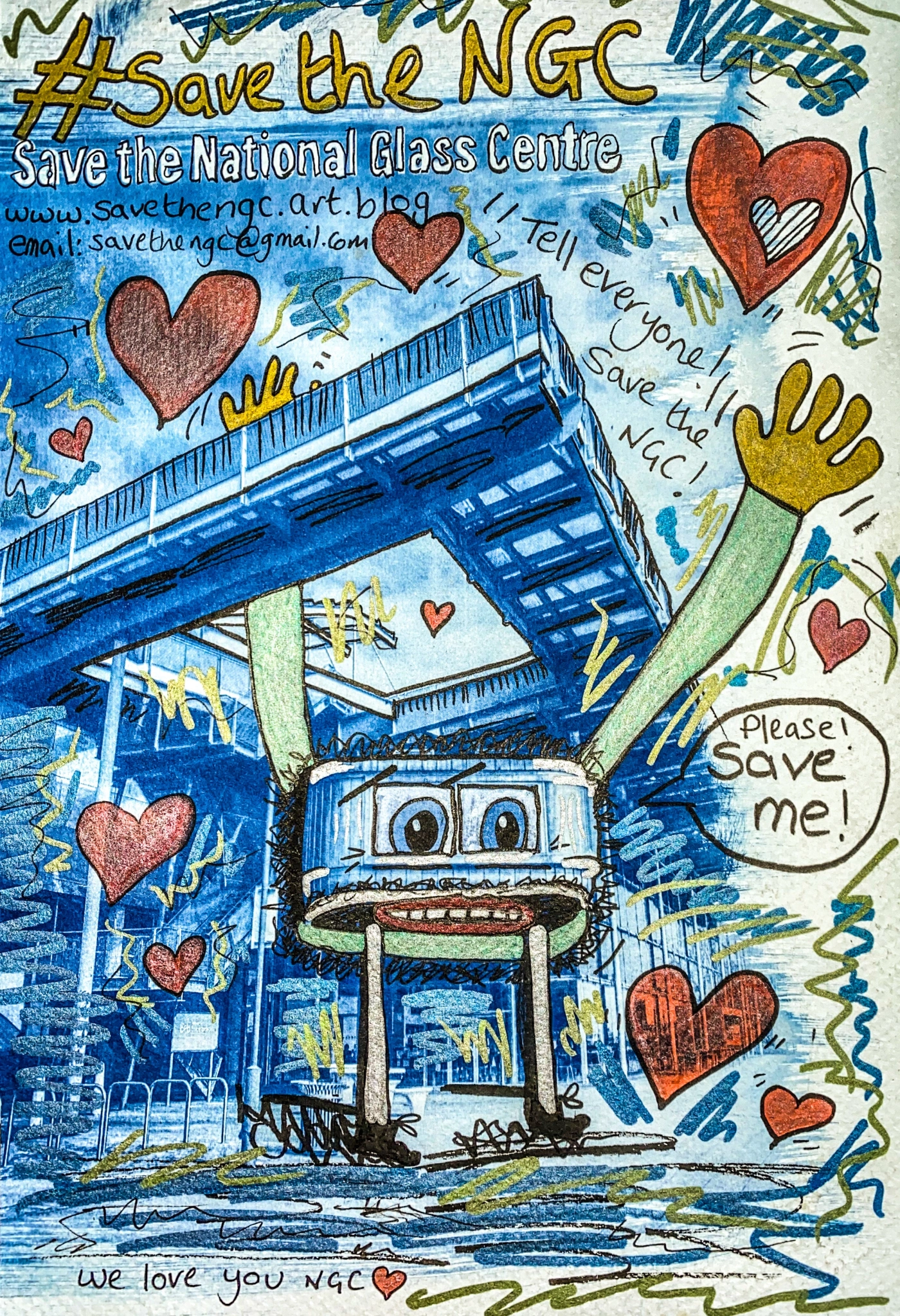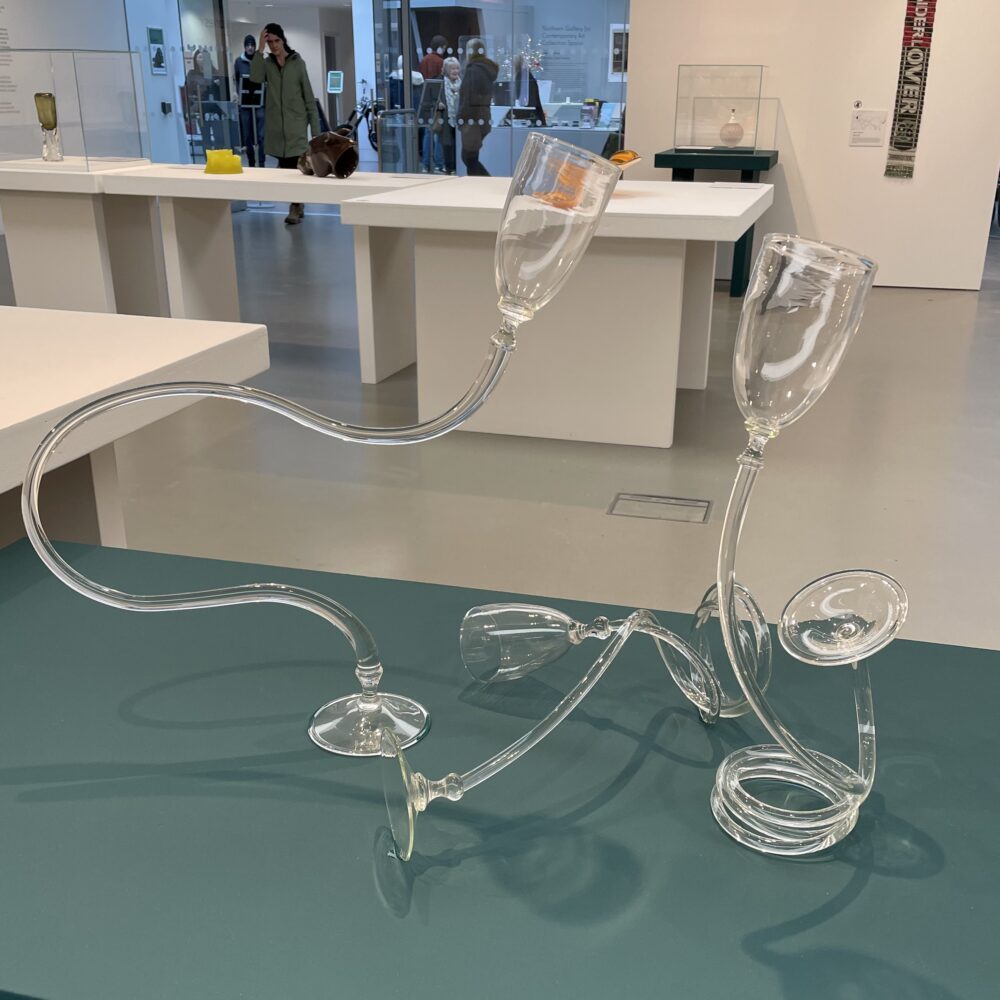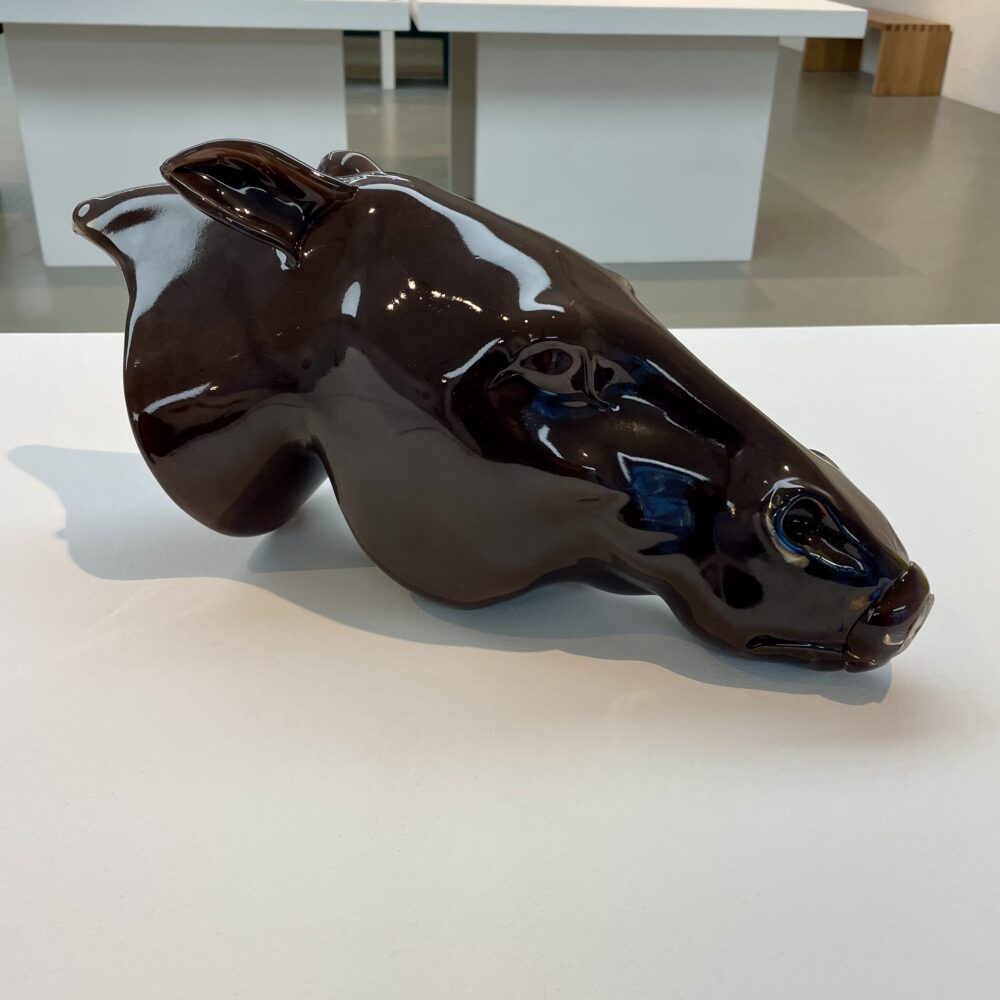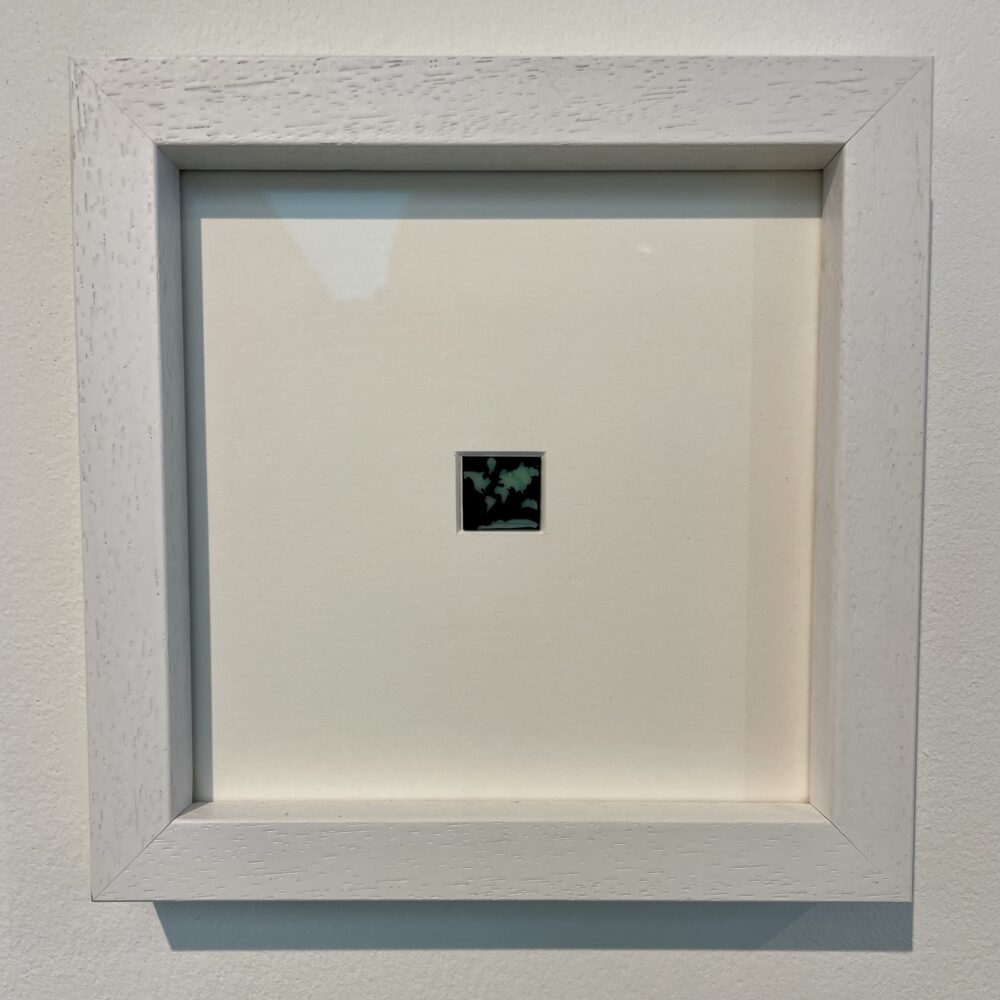292 words posted by Simon on 27 November 2023
The National Glass Centre has curated an exhibition to show the influence of international studio glass styles and techniques on the British studio glass scene. It features work representing the practice in thirty different countries.
Here are three objects that stood out.
This is Dancing Goblets, a 2021 work by Sacha Delabre. Delabre grew up in France and studied for a BA in Glass on the internationally renowned programme at Sunderland University. He now works at the Glass Hub down in Wiltshire.
I’ve previously seen the left-most of the three goblets exhibited on its own. I was taken by its surrealist form. Seeing these three pieces together brings out the dynamism of the dancing. They are wonderful.
I didn’t react as emotionally to this 2016 untitled work by Czechia’s Martin Janecký, but I was amazed. The detail and complexity of the large form seemed incredible.
My visit to the exhibition of work by Neil Wilkin and Rachael Woodman earlier this year taught me something about the challenge of working with glass. It is hard to comprehend how Janecký made such a detailed, lifelike form from such an uncompromising material.
Map of the World, diminished by Inge Panneels is a tiny 2023 work, perhaps only a couple of centimetres square. Slightly cheekily, this work apparently represented Belgium, Scotland and England on the basis that Panneels is from Belgium, taught in Sunderland and works in Scotland.
This stood out to me, combining the aspects I liked in the previous two works. It is surrealist: the practical map is rendered impractical through its tiny size. It’s also an astoundingly detailed representation of a familiar form rendered in an uncompromising material. It’s brilliant.
Glass World continues at the National Glass Centre until 10 March.
